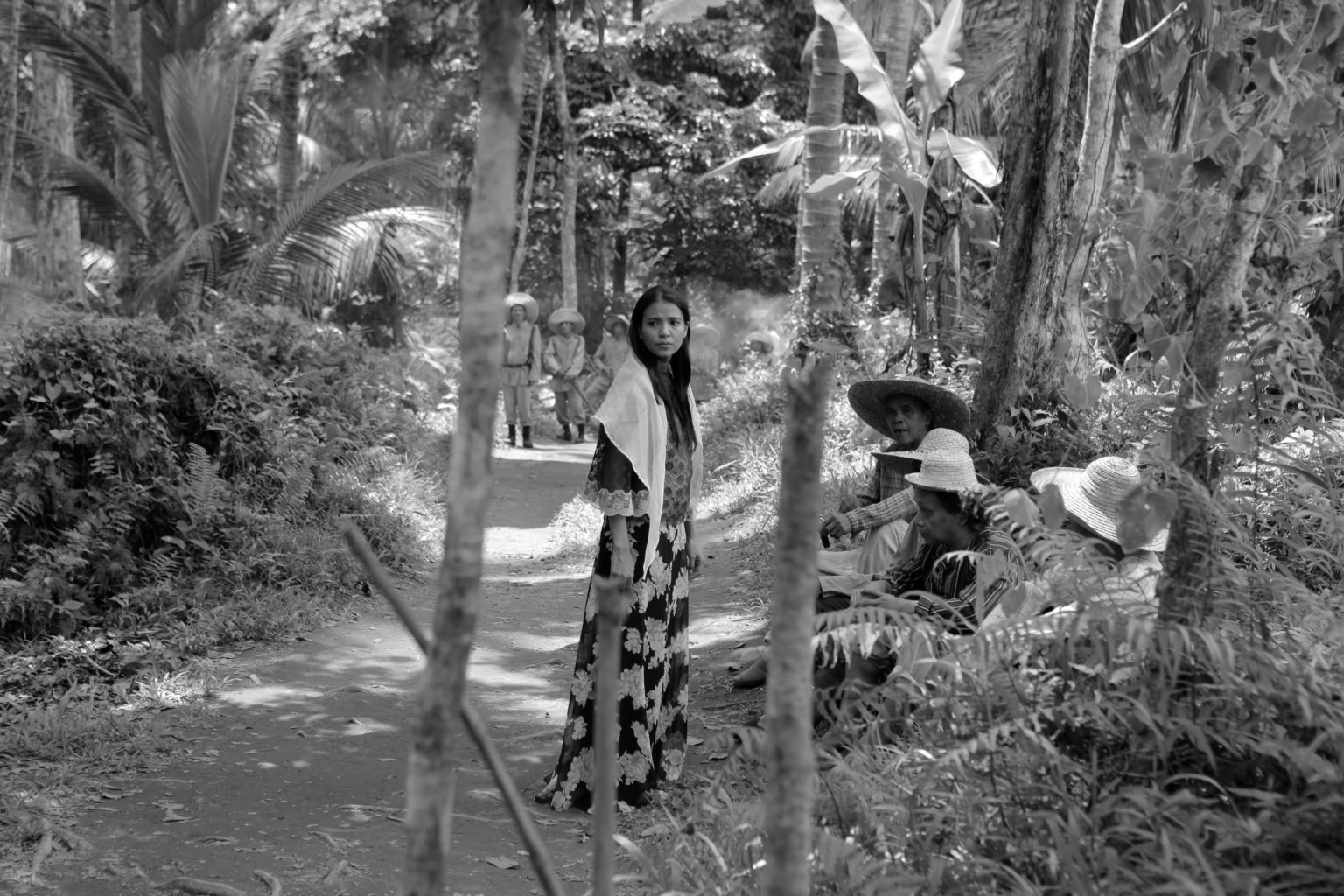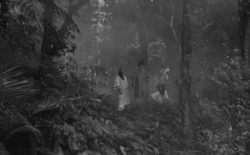Berlinale: A Lullaby To The Sorrowful Mystery
Films with inordinately long running times are not only intensely emotional experiences, they are physically hard to complete too. There is only so long I can watch a movie for without succumbing to inertia, boredom, or a sore behind. A Lullaby To The Sorrowful Mystery is truly next-level in this respect, and marks the third-longest movie I have ever seen (after Berlin Alexanderplatz and Shoah – neither of which I completed in one day).
Nevertheless, despite having seen longer films, A Lullaby must be the most gruelling cinematic experience I have ever had the pleasure to witness. The insane auteur behind this latest slice of arthouse crazy is Lav Diaz, a man well known for his extensive running times. He writes, produces and directs all his own work, setting them in his native country of the Philippines.
A Lullaby takes us back to the end of the nineteenth century, spinning an epic (and then some) canvas out of the revolution against the Spanish. In doing so, he acts as their cinematic Homer, creating a type of founding myth of a country that would be in constant struggle throughout the rest of the twentieth century.
The film points towards a painful future (American occupation, Martial Law) that would be full of conflict and strife. Simoun mentions that the obtaining of Philippine Freedom will only be achieved through discourse and exhaustive struggle. A Lullaby To The Sorrowful mystery definitely has both of those, being both highly philosophical about the nature of war and art, and also exhausting to watch.
There is a lot of plot to digest here, and more incidental moments than a short review could possibly handle, yet the two main strands of narrative concern both the search for rebel leader Andrés Bonifacio (Matt Daclan), and the eventual redemption of the Bogartesque traitor Simoun (Piolo Pascual). After three hours of meeting characters and exploring the complex power dynamic between the Spanish and the Filipinos, we are taken on an existential goose chase through the jungle, where our protagonists have to face up to their own illusions about their country and themselves.
If one was to compare Diaz to anyone, it would be the Hungarian filmmaker Bela Tarr, whose superior movie Santantango runs for seven and a half hours, also populated by extremely slow, intense takes. However, what sets this apart from the work of Bela Tarr is the complete absence of close-ups. Given that this film wants you to sympathise with the characters and to feel their plight, by not showing us their faces in full profile, it remains hard to guess their motivations and to be immersed in their stories. It’s a frustrating technique, as by being so distanced from the characters, this critic was partial to being overly critical, and at times thinking about himself instead.
Additionally, the use of high contrast black-and-white and a 1.33: 1 aspect ratio create some admittedly stunning images, yet in certain scenes (especially the final five hours in the jungle!), it leaves the eye with little space to wonder. It is actually a good film, with strong characters, highly intellectual dialogue, and some memorable scenes, yet the next time I see a Diaz film is playing at a festival, I may have to think twice due to the stringent demands it makes upon one’s attention and physical health.
Tarkovsky famously called filmmaking “sculpting in time”. If this is true, then Diaz just leaves the bloody block of marble to stand for itself. At least now, I don’t feel much compulsion to visit the Philippines. After all, I think I have seen every single tree.
Director: Lav Diaz
Starring: John Lloyd Cruz, Piolo Pascual, Hazel Orencio
Running Time: 485 minutes


Comments